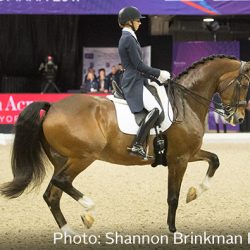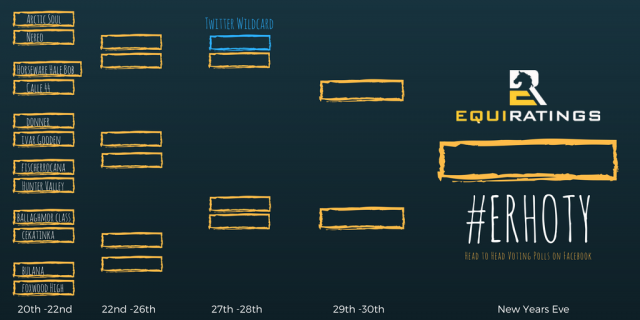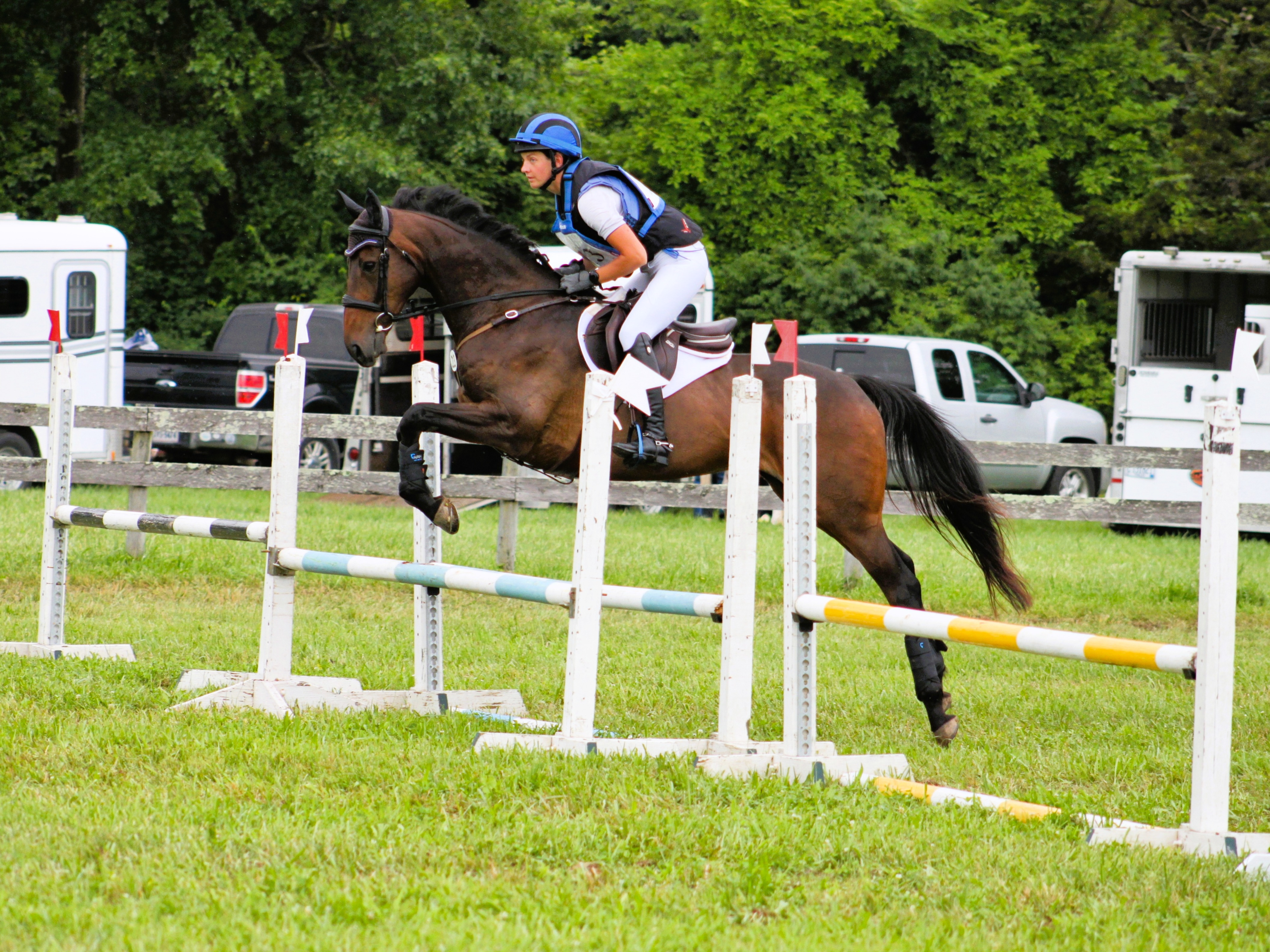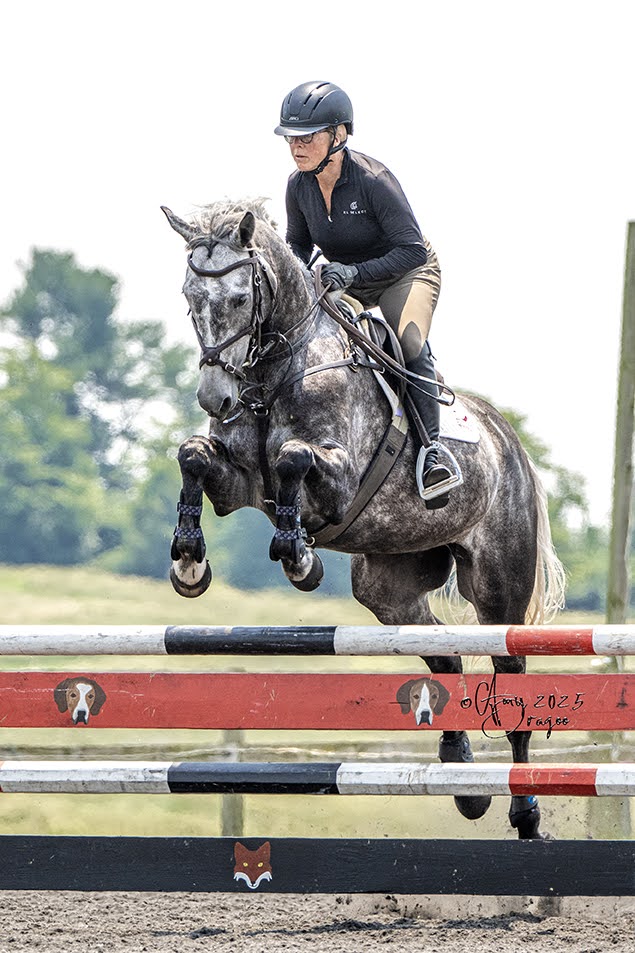Following the FEI’s recent overhaul of the star system competition structure, Fair Hill International announced yesterday their plans to pause CCI4* (5*) ambitions as they await clarification on the new level specifications.
The newly-approved competition structure was confirmed at the FEI General Assembly Meeting in Montevideo, Uruguay last month. This change will shift all of the current International levels up, making our current CCI4* competitions into CCI5* Majors beginning in 2019.
The event commented that the USEF’s recommendation for Fair Hill to host a CCI4* was expected to be considered at the FEI General Assembly Meeting, but the Fair Hill International and its coalition partners decided to pause this proposal until they can properly prepare to host a CCI5* Major.
“We understand the FEI’s decision to reorganize the star system and the requirements for each level. However, until we know these new requirements, it makes no sense to move forward blindly,” Fair Hill’s Executive Director, Carla Geiersbach said in a statement.
“We don’t want to build a state-of-the-art facility to the wrong specifications. We are committed to presenting an event at the pinnacle of the sport and will march ahead as soon as the FEI releases its new parameters.”
Sam Slater, President of the Fair Hill Foundation, continued, “We remain committed to bringing world class equestrian sporting opportunities to this corner of Maryland. Fair Hill has so much to offer the community, and proposed upgrades will really enhance the facility.”
Fair Hill International will again host CCI3* and CCI2* divisions at next year’s event, October 18-21, 2018, which will mark the competition’s 30th anniversary.
[Fair Hill International Awaits Clarity on New FEI Classification]










































